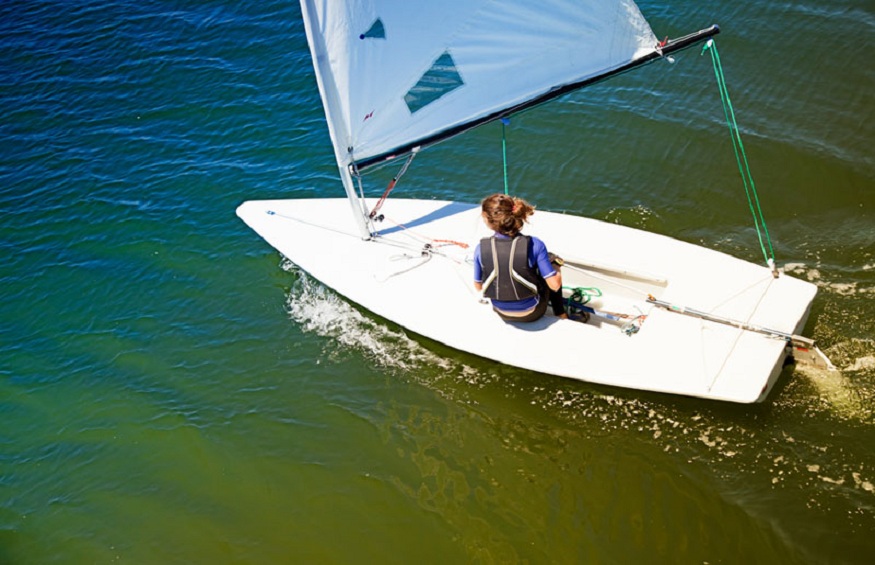If you own a sailing boat in Singapore, understanding how to sail correctly requires more than simply awareness, attention, and common sense. Indeed, for a boat to sail well, it must first be trimmed appropriately. Here are the most frequent mistakes when manoeuvring under sail and their respective corrections.
Upwind too down
Upwind sailing needs focus and strategy. Initially, you tend to cut too broadly. The steeper heel and increased speed provide a thrilling sensation. However, the captain will stray from his intended trajectory and prolong his trip.
In sailing, speed alone is irrelevant. You must also evaluate the header. Choose a route as near to the wind as possible, even if it slows you down.
A canvas boat
The sea conditions, the crew, and your vessel will determine when to decrease the canvas. Remember that when cruising, an under-canvas boat will go forward more efficiently than an over-canvas boat, which tends to wander.
Reduce the sail’s coverage by reefing or trimming the jib. Remember that it is simpler to add a reef before a predicted storm. Your vessel will gain speed and heel less as you reduce the sail area.
Sails that are excessively tucked in
When the sails are overly furled, the boat heels more and the sensation of speed increases. But that is not the case.
Trim your sails to maximum capacity. To do this, tuck your sails in firmly and adjust them gently until you get a little tuck. To accomplish this, observe the luff of your sail (along the forestay for the jib or the mast for the mainsail). Then, retract a few centimetres of the sheet. Additionally, you can employ jib hanks.
An inadequately tuned genoa cart
When sailing with a furling genoa, it is essential to alter the position of the sheeting point when sailing under genoa. If your sail is improperly trimmed, it will be excessively hollow or too open upwards, drastically reducing your boat’s performance.
The simplest sail setup involves passing the sheet through the sail’s bisector. In light winds and when partially furling the sail, the traveller must move forward; in strong winds or when unfurling the sail, the traveller must go backward.
A mainsail that is too hollow or flat
A mainsail that is very hollow is frequently overpowered. Reduce power before reefing by tightening the halyard and foot. To do this, you must first shock your sail to lower the tension on the ropes.
Beginners also tend to overstretch the mainsail when lifting it, resulting in a flat sail.
In light weather, the halyard requires no additional strain. Small wrinkles along the handlebar will not significantly impact your performance. In greater gusts, tighten the foot well and the luff.



